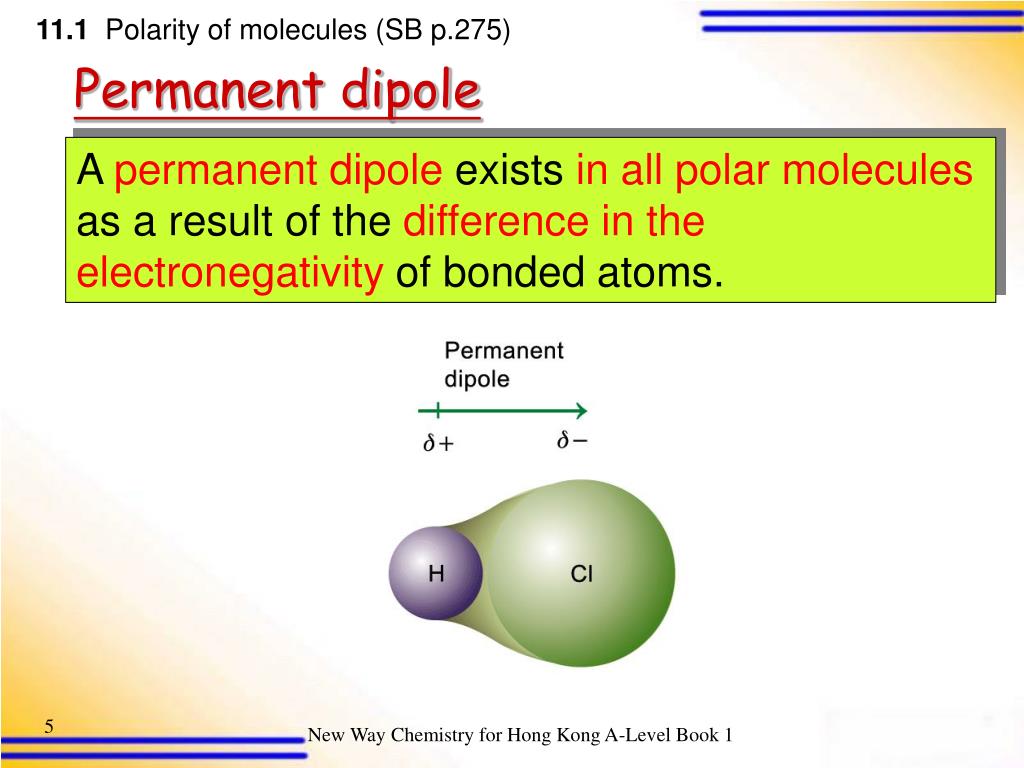

It means higher the electronegativityĭifference between atoms, the more uneven sharing of electrons takes place. The atoms having higher electronegativity value attract theĮlectrons pair from the bonding partners. All the atoms have their ownĮlectronegativity value which varies from atom to atom. These are some of the major factors which are used to determine the polarity of the compounds: Electronegativity differenceĮlectronegativity is a kind of force exerted by atoms on theirīonding partners at the time of bond formation. So, not any kind ofĪlso Read: Is SiCl4 (Silicon tetrachloride) Polar or Nonpolar? SiF4 Polar or Nonpolar (Based on polarity determining factors) Nonbonding electrons are present on the central Si atom. The molecule is symmetrical so that all the individual Si-Fīond dipole charges are opposing each other, as a result, the net dipole chargeĪs shown in the above diagram, there are no lone pairs of X = number of atoms bonded with the central atomĮ = lone pair of electrons on the central atom

Means net polarity is the vector sum of individual bond dipoles.Īccording to the VSEPR theory, AX 4 E 0 structured compounds tetrahedralĮlectronic geometry which makes SiF4 molecular geometry. But we know molecular polarity is a vector quantity which The Si-F bonds are polar as the electronegativity differenceīetween silicon (1.90) and fluorine (3.98) is 2.08 (According to the Pauli In SiF4, there are four fluorine atoms are bonded with the central silicon atom. The same things apply here which makes SiF4 a molecule. Why is SiF4 a nonpolar molecule? Īs we have already familiar, there are certain conditionsįor a molecule to be polar or nonpolar in the above definitions of the polar moleculeĪnd nonpolar molecule. Has tetrahedral molecular geometry which means the molecule is symmetrical so that the polarities of the Si-F bonds cancel each other and the net dipole becomes zero. Now, is SiF4 polar or nonpolar? Yes, SiF4 is a nonpolar moleculeĭespite four individual Si-F bonds are polar in nature. Solvents like carbon tetrachloride (CCl4), carbon dioxide (CO2), benzene (C6H6) Water (called hydrophobic) and other polar solvents but are soluble in nonpolar Have symmetrical structure so that the induced partial charges on the individualĪtoms nullify each other and the net dipole moment becomes zero.Īs these are a pure covalent bond so they are insoluble in One more case for the nonpolar molecule if the molecules It forms by equal sharing of electrons between the atoms in a compound and this Nonpolar molecules are considered as a pure covalent bond because They are soluble in water (called hydrophilic) and other polar solvents like methanol (CH3OH), ammonia (NH3), Nitrogen dioxide (NO2), etc. Polar molecules have polar covalent bonds or ionic bonds. have asymmetrical structure, presence of lone pair of electrons, or the electronegativity difference between central atom to bonded atoms. There are some certain conditions for the molecule to be polar Moment and this is possible only if there is an electronegativity differenceīetween the atoms as well as asymmetrical geometry so that the induced dipole

Polar molecules are those molecules that have a net dipole So, without wasting your time, let’s start… Polar Molecules
#Sf4 dipole moment full#
Tetrafluoride (SiF4) is a polar molecule or nonpolar molecule in full detail.īut before that, you must have some ideas about what polar and nonpolar moleculesĪre. In this article, we are going to know whether silicon


 0 kommentar(er)
0 kommentar(er)
